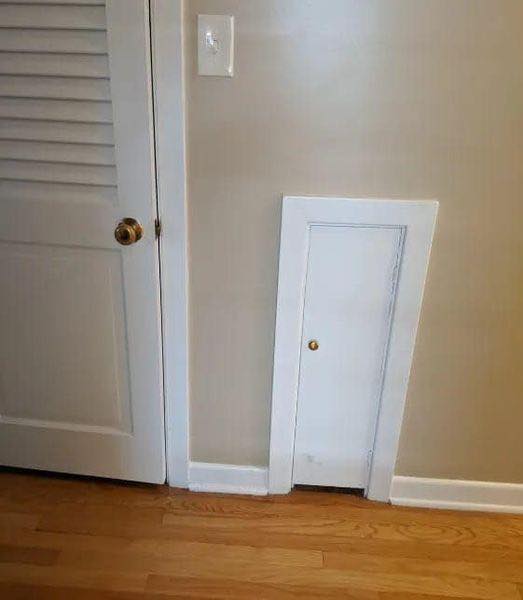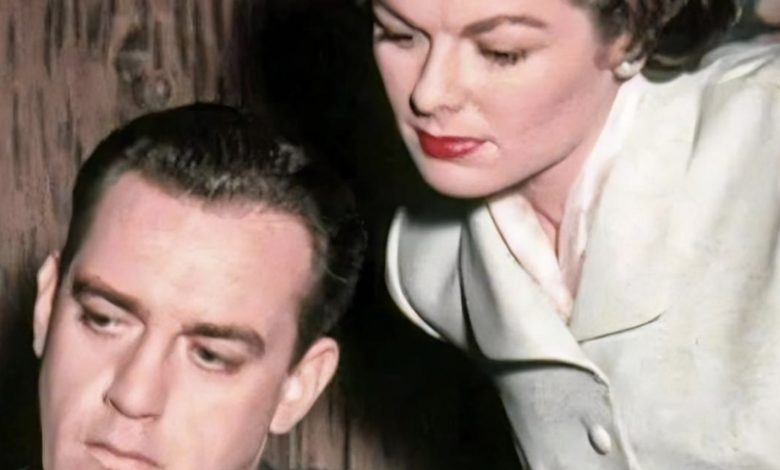Have you ever come across a small, inconspicuous door while exploring a vintage residence built before 1950?
These tiny doors, often nestled within the walls, have piqued the curiosity of homeowners and history enthusiasts alike. In this article, we will delve into the intriguing world of these enigmatic miniature doors and uncover their true purpose.
The Misconceptions and Mystique.
A prevailing misconception surrounding these diminutive doors is that they were designed as secret passages or concealed hideaways. The allure of hidden rooms and clandestine activities adds an air of mysticism to these historic dwellings. However, the reality behind these tiny doors is much more pragmatic than fantastical. Some speculate that there might be a hidden compartment behind the door, perhaps for stashing valuables or keepsakes. Placing it adjacent to a wardrobe would seem logical for easy access.
Yet, the limited space within the door hardly accommodates larger items like suitcases, especially those lacking wheels. Other commonly suggested theories propose their use for storing laundry or providing space for an ironing board. However, the true purpose of these unassuming portals harks back to a practical function from the 1950s and 60s.
These small doors were not intended for secretive endeavors but rather served a utilitarian need during a particular era. Their primary objective was to optimize storage space, specifically for card tables. The mid-20th century witnessed the prevalence of card games as a popular form of entertainment in countless households. Families and friends gathered for spirited rounds of bridge, poker, and rummy. However, the tables required for these games were often cumbersome and occupied substantial room when not in use.

